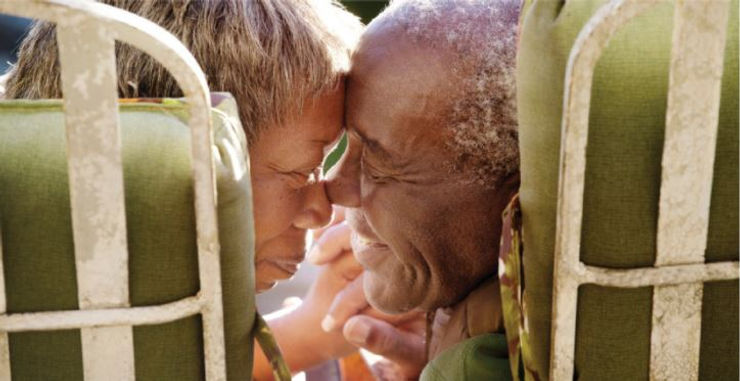Feb 1st Kicks off Black History Month
- jacquelinejacques1
- Jan 26, 2022
- 3 min read
February 1st kicks off Black History Month and offers the opportunity to celebrate the contributions to health and wellness by the Black community, increase knowledge of cancer risk, prevention and early detection in the Black community and position ACS as a trusted source of information. African Americans and Black people have the highest death rate and shortest survival of any racial and ethnic group in the US for most cancers. Reducing cancer disparities by race and ethnicity is an overarching goal of the American Cancer Society and ACS CAN. African Americans are disproportionately burdened by cancer and experience greater obstacles to cancer prevention, detection, treatment, and survival, including systemic racial disparities that are complex and go beyond the obvious connection to cancer.

African American/Black 10 Key Cancer Facts
The lifetime probability of being diagnosed with cancer among black men and black women is 41% and 34%, respectively, compared with 42% and 39%, respectively, among whites.
The overall cancer death rate in males was 47% higher in blacks than in whites in 1990, but reduced to 24% higher in 2012. Among females, the disparity decreased from 19% higher in 1991 to 14% in 2012.
Lung cancer accounts for the largest number of cancer deaths among both men (27%) and women (22%), followed by prostate cancer in men (12%), and breast cancer in women (19%). For both men and women, colorectal cancer is expected to be the third leading cause of cancer death.
During 2008 through 2012, the overall breast cancer incidence rate in black women was 124.3 cases per 100,000 women, which was 3% lower than that in white women (128.1 per 100,000 women). However, rates were higher in black women than in white women in 7 states (Alabama, Kentucky, Louisiana, Mississippi, Missouri, Oklahoma, and Tennessee) and were not significantly different in 24 states.
Breast cancer incidence rates are also higher among blacks than whites for women under age 45. The median age of diagnosis is 58 years for black women, compared with 62 years for white women.
From 2003 to 2012, colorectal cancer death rates declined faster in black women than in white women (3.3% vs 2.9% per year), but declines were slower in black men than in white men (2.5% vs 3.0%). As a result, the racial gap is shrinking in women, whereas rates in men have remained about 50% higher in blacks than in whites since 2005.
The 5-year relative survival rate is lower in blacks than in whites for every stage of diagnosis for most cancer sites. Much of the difference in survival is due to barriers that limit access to timely, appropriate, and high-quality medical care, which also results in later stage at diagnosis, when treatment choices are more limited and often less effective.
In black men, incidence rates from 2003 to 2012 decreased by 2.0% per year for all cancers combined as well as for the top three cancer sites (prostate, lung, and colorectal).
In black women, overall cancer incidence rates during this time remained unchanged, reflecting increasing trends in breast cancer, countered by decreasing trends in lung and colorectal cancer rates.
Obesity increases cancer risk, and black women have the highest body mass index (BMI) of any sex-racial/ethnic group. During 2013-2014, nearly 6 in 10 black women were obese (BMI≥30) compared to nearly 4 in 10 white women. The prevalence of obesity is similar in black and white men (38% and 35%, respectively).
Blacks are also less likely than whites to participate in leisure time physical activity and to meet recommendations for aerobic activity

Comments